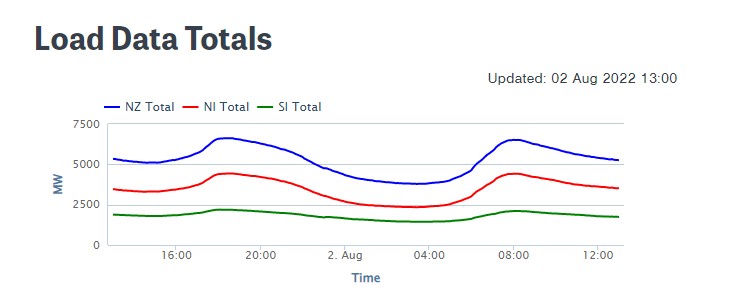gzt: EV power plans are readily available, and EVs tend to have a time schedule charging option available.
Yup, they're called "free hour of power" or similar. You can tell who's using them and when by the power lines outside their house sagging due to the heat buildup.


